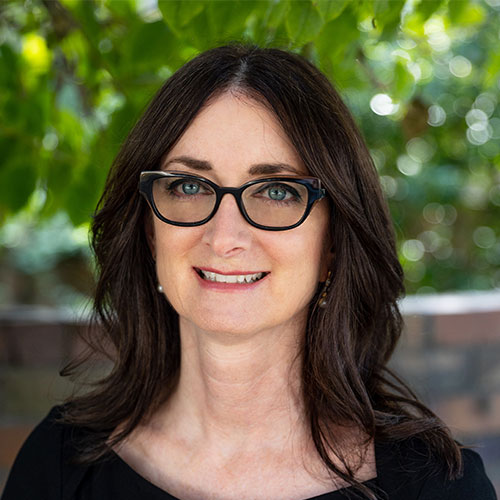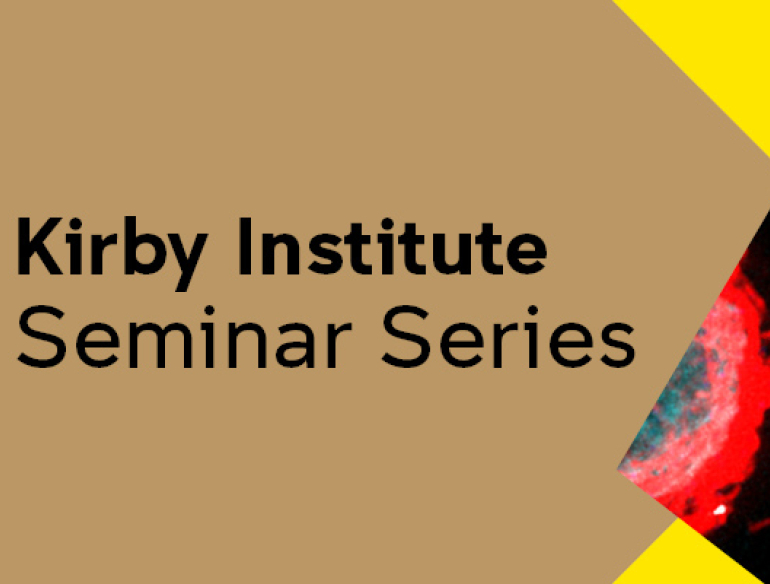Registrations are required for this hybrid seminar by COB Friday 28 April.
Abstract
This year is the 60th anniversary of the discovery of the Australia antigen (HBsAg). After decades of fruitless research, it provided a crucial breakthrough because it was a way to detect ‘serum hepatitis’ and to begin to investigate the relationship between the ‘serum’ and ‘infectious’ forms of the disease. That breakthrough did not originate in virology or haematology, but from a different blood field altogether, that of population genetics.
This history explains why hepatitis became a medical emergency in the 1960s, how it was understood before and after the discovery of the Australia antigen, how that changed blood banking before HIV emerged, and how solutions for detecting hepatitis A, B and C helped to transform viral diagnostics.
*Please note this is a hybrid seminar with registration options for in-person and online attendance. A light lunch will be provided from 12:30pm for in-person attendees, with the seminar to follow at 1pm.
 |
Dr Michelle Bootcov BA (Hons), BSc (Hons), PhD (Med) is a third year PhD candidate in History at UNSW. In 1994 she completed a PhD in molecular immunology at UNSW, in which she discovered a cytokine, MIC-1 (also known as GDF-15). The bioinformatics Michelle used in that research diverted her to corporate technology before she returned to UNSW to study the humanities, completing a BA (Hons) in History in 2018. |
Opinions expressed by individuals at this event are solely of those of the individual/s and do not necessarily represent the views or opinions of the Kirby Institute or UNSW.
